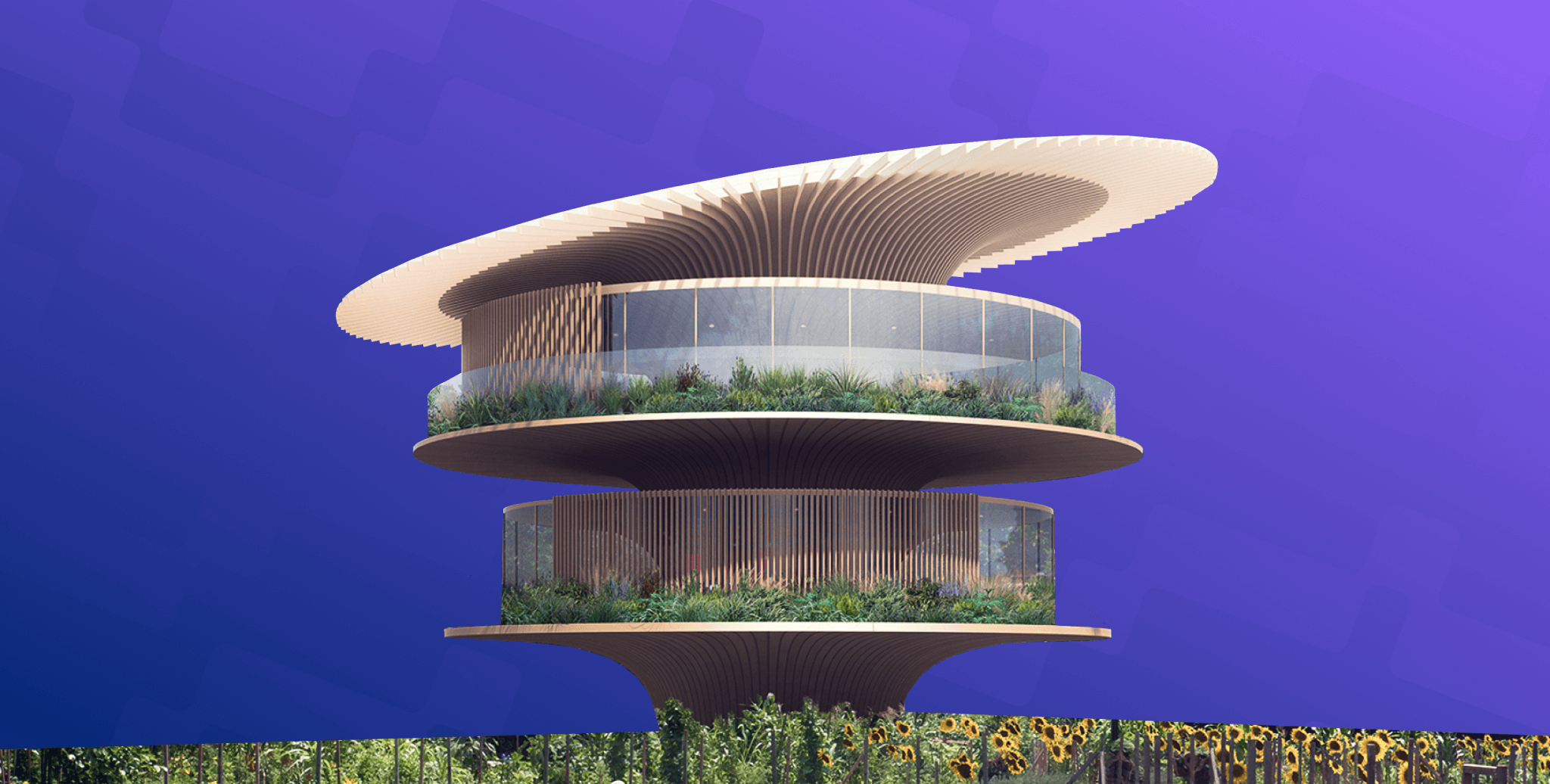Computational Design for Architects - An Overview

Table of Contents
Architectural innovation has taken leaps right from the days of manual drafting. Remember the era when every line was meticulously hand-drawn? Then came the digital age with Computer-Aided Design (CAD) in the late 20th century. While CAD was a revolution, it required manual input and was just a digital drafting tool. Today, we see another transformational change with the advent of Computational Design (CD).
Computational Design goes beyond digitising the drafting process. It leverages the power of computational tools, machine learning, algorithms, and data-driven processes to generate designs previously only dreamed of. From skyscrapers that mimic nature's efficiency to intricate facades inspired by fractal patterns, Computational Design pushes the boundaries of architectural design.
What is Computational Design?

Computational Design uses computer algorithms and computational techniques to generate architectural design models and analyses. All decisions about the design process are encoded in a computer-readable format, and algorithms are used to create multiple Parametric and Generative Design solutions. Computational Design helps architects generate intricate geometries, optimise building performance, conduct environmental and structural analyses, and customise designs for specific contexts or user needs.
Rather than drawing lines and shapes on CAD, the computational architect has to set up parameters, constraints, and other design rules that the computer software follows to generate multiple design options. Hence, creating and testing multiple iterations becomes easy with Computational Design. This shift from manual input to data-driven design algorithms is a natural boost to the architect’s creativity, efficiency, and problem-solving skills.
What are the different types of Computational Design?
Computational Design has many aspects, each offering its own capabilities and applications. The three most prominent sub-fields of Computational Design are – Parametric Design, Generative Design, and Algorithmic Design. Parametric Design involves creating models based on parameters, enabling architects to explore design variations. Generative design generates multiple design alternatives that go beyond human intuition, producing innovative and often unexpected solutions. Algorithmic design focuses on creating rules and procedures and is used to tackle complex project challenges.
1. Parametric Design

Parametric Design is at the core of Computational Design. It revolves around the use of input parameters – variables that define particular aspects of the design. Architects enter values such as dimensions, angles, weights, and other relevant parameters into the Parametric Design software. These parameters create the Parametric Design model. When any parameter is modified, the software's algorithm automatically updates all objects associated with that parameter based on predefined dependencies.
Consider a building with intricate, interconnected columns. In traditional 3D modelling, altering each column individually is time-consuming. In Parametric Design, architects input parameters that define how these columns relate to each other and the building. For any future changes, modifying the parameter triggers automatic updates across the entire model.
Such real-time adaptability makes the Parametric Design ideal for complex and unique architectural projects.
2. Generative Design
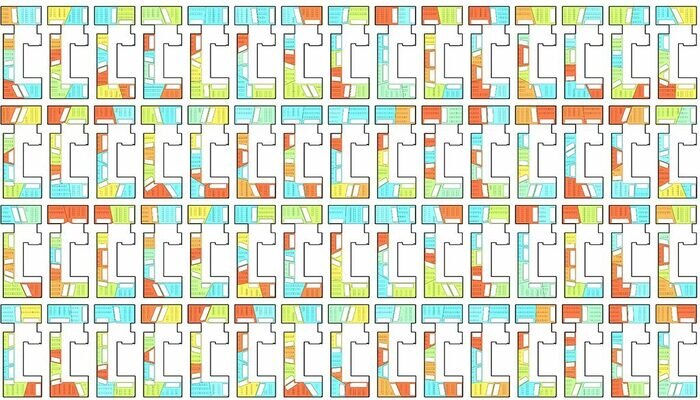
Generative Design is celebrated for its ability to encourage out-of-the-box thinking, often resulting in surprising and unimaginable architectural solutions. The method is an iterative process where user-defined inputs are fuelled by established success metrics to explore countless design options. Architects input goals like maximising natural light or minimising energy consumption, and then the AI-driven software generates multiple design options. All options are ranked based on specific goals, allowing computational designers to choose their preferred design.
Suppose you are designing a sustainable urban housing complex on a limited plot of land. Generative Design suggests layouts that maximise housing opportunities, considering the available space, building regulations, design vision, and user preferences. The computational architect can choose the designs that best align with the project's goals.
Generative Design is ideal for form and façade design exploration, contextual analysis, rapid prototyping, and improving energy efficiency. Moreover, it can be used for rapid prototyping, allowing designers to visualise and refine ideas quickly. This is particularly valuable in early project stages, where quick validation of concepts is essential.
3. Algorithmic Design
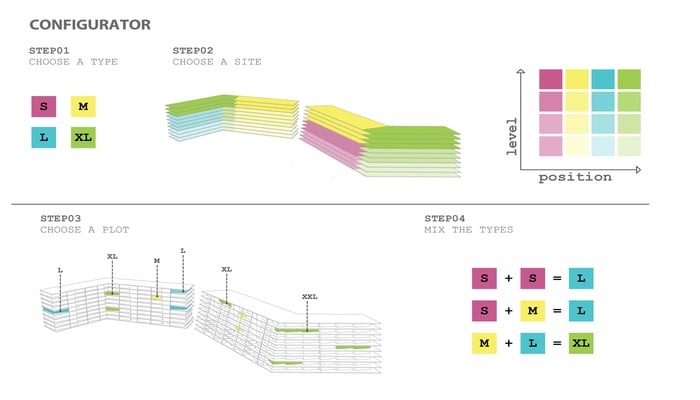
Algorithmic Design, as the name suggests, is an algorithm-based design approach. These algorithms are a comprehensive set of instructions where a set of rules define the overall design model instead of defining each element. This makes it a more accurate and controlled process. Algorithmic Design can be found in generative art installations, where algorithms are defined for how colours, shapes, and patterns interact.
For instance, you are tasked to design a solar panel array for a building's rooftop to maximise energy generation. By inputting parameters like rooftop dimensions, panel orientation, shading, and energy goals, algorithms generate and evaluate layout variations. Through this iterative process, the algorithm identifies the layout that maximises energy output while considering shading and aesthetics.
Algorithmic Design is closely related to both Generative and Parametric Design. It is a type of Generative Design because it uses algorithms to produce design results. It can also be considered a type of Parametric Design if those algorithms rely upon a set of parameters.
Why do Architects Love Computational Design?
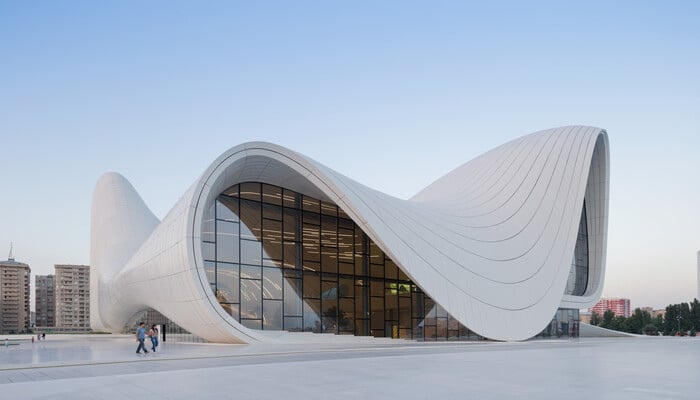
Architects don’t merely create structures - they pursue the roles of visionary artists, meticulous problem solvers, strategic planners, innovative thinkers, and empathetic designers. However, no architect is a master of all aspects. This is precisely where Computational Design (CD) emerges as their potent ally. Computational Design is a versatile tool that magnifies their strengths and effectively bridges gaps in their skill set.
Architects often need help to balance complex geometries and site-specific constraints, leading to compromises in design quality. However, handling intricate geometries becomes easy with Parametric Design, helping architects create iconic buildings. For instance, in the design of Zaha Hadid's Heydar Aliyev Center, Computational Design allowed the realisation of the building's fluid, continuous form, integrating structural stability with dynamic aesthetics. This level of customisation is difficult to achieve manually, but Computational Design makes it effortless.
Many architects need help to iterate quickly and evaluate multiple design options. Generative Design solves this by enabling architects to generate numerous iterations quickly. By automating the generation of diverse design options based on input parameters and constraints, architects can efficiently iterate, adapt to changes, and make data-informed decisions. This leads to innovative and well-optimised architectural solutions.
Take the example of Beijing International Airport Terminal 3 by Foster + Partners, where Computational Design tools enhanced the roof's functionality. The design integrated strategically positioned roof lights on the southeast side of the iconic curved roof. Through simulations and generative iterations facilitated by computational tools, architects harnessed these lights to capture thermal energy, effectively heating the building during winter months. This innovative approach minimised energy consumption while sidestepping the traditionally time-consuming manual design iterations.
This is why architects love Computational Design - it empowers them to overcome their limitations and tackle incredibly complex tasks in a fraction of time.
How Computational Design Benefits Architects?
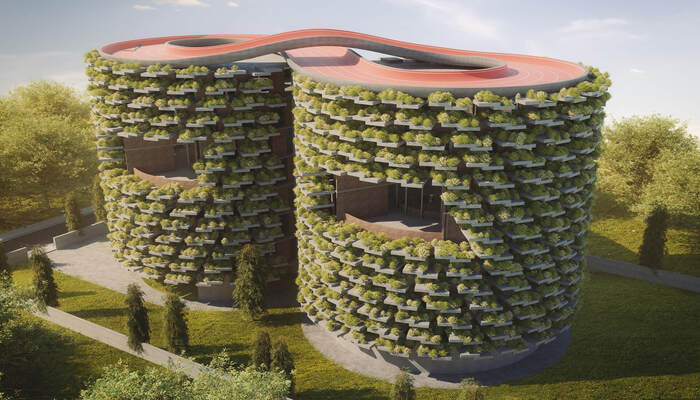
Computational Design helps architects develop designs that are better for the environment, easier to build, and forward-looking. Complex calculations and simulations can be done in a fraction of the time, allowing architects to find functional and visually appealing solutions.
Working with Computational Design is like having a brainstorming session with a machine. It's like having digital clay in your hands where you tweak a few parameters and watch your design dreams morph and evolve.
Rather than focusing on "How should this building look?" Computational architects define their design requirements and parameters that range from sleek and futuristic to organic and timeless. They can then sit back and allow the computer to generate design options that meet and exceed their input goals.
The benefits of Computational Design for architects include:
1. Efficient Iteration and Exploration
Computational Design enables architects to create and test multiple design iterations quickly. This helps explore a wide range of possibilities and ensures that the best design solutions are identified quickly.
2. Complex Geometry Handling
Architects can leverage Computational Design tools to tackle complex geometries that were previously challenging to execute manually. Creating intricate geometries, hence, becomes quicker, pushing the boundaries of architectural design.
3. Data-Informed Decision Making
Computational Design tools facilitate data-driven design by simulating real-world conditions such as sunlight, wind, and thermal performance. Architects can make informed decisions based on performance analysis, which helps generate aesthetically pleasing, sustainable, and functional buildings.
4. Customisation and Adaptability
With Computational Design, architects can develop parametric models that respond to various contextual factors and input parameters. This adaptability allows for highly customised solutions that cater to specific user needs and site conditions, enhancing the overall user experience.
Scope for Architects after Learning Computational Design
The Scope of Computational Design is expansive, revolutionising architectural practices by making design processes more sustainable and efficient. This paradigm shift has paved the way for various captivating career options and job opportunities in the architectural world.
-
Parametric Designer
A parametric designer creates complex designs using parameters, enabling efficient exploration of design options through parametric methods.
-
Generative Designer
As a generative designer, you develop AI-driven design processes to automatically generate design solutions harnessing the power of artificial intelligence for creative outcomes.
-
Digital Fabrication Specialist
As a digital fabrication specialist, you employ Computational Design techniques to create designs optimised for advanced manufacturing methods like 3D printing and CNC milling.
-
Urban Simulation Analyst
As an urban simulation analyst, you model urban environments and predict the impact of design choices on factors such as traffic, energy usage, and more.
-
Facade Engineer
A facade engineer utilises computational tools to design intricate and efficient building facades, optimising elements like lighting, ventilation, and energy performance to enhance building aesthetics and functionality.
-
Virtual Reality Architect
VR architects craft immersive virtual experiences that allow for visualisation and interaction with designs in virtual reality, offering clients a realistic preview of their projects.
-
BIM Manager
As a BIM manager, you integrate computational methodologies into Building Information Modelling (BIM) processes, fostering collaboration and enhancing design efficiency by leveraging advanced digital tools.
Conclusion
Remember, learning Computational Design takes time and practice like any new skill. Embrace the learning process, be curious, and don't be afraid to experiment. Start by gaining proficiency in relevant software tools, exploring the Computational Design Online Course, and gradually applying Computational Design principles to your projects.
The blueprint for the future of design isn't etched in ink; it's written in lines of code. And you hold the key! Get ready to reshape the world as Computational Design architects with Novatr.

 Thanks for connecting!
Thanks for connecting!

.png)


-1.png)

